Can You Eat That? How to Tell If Old Food Is Safe, Plus Creative Ways to Use It Up
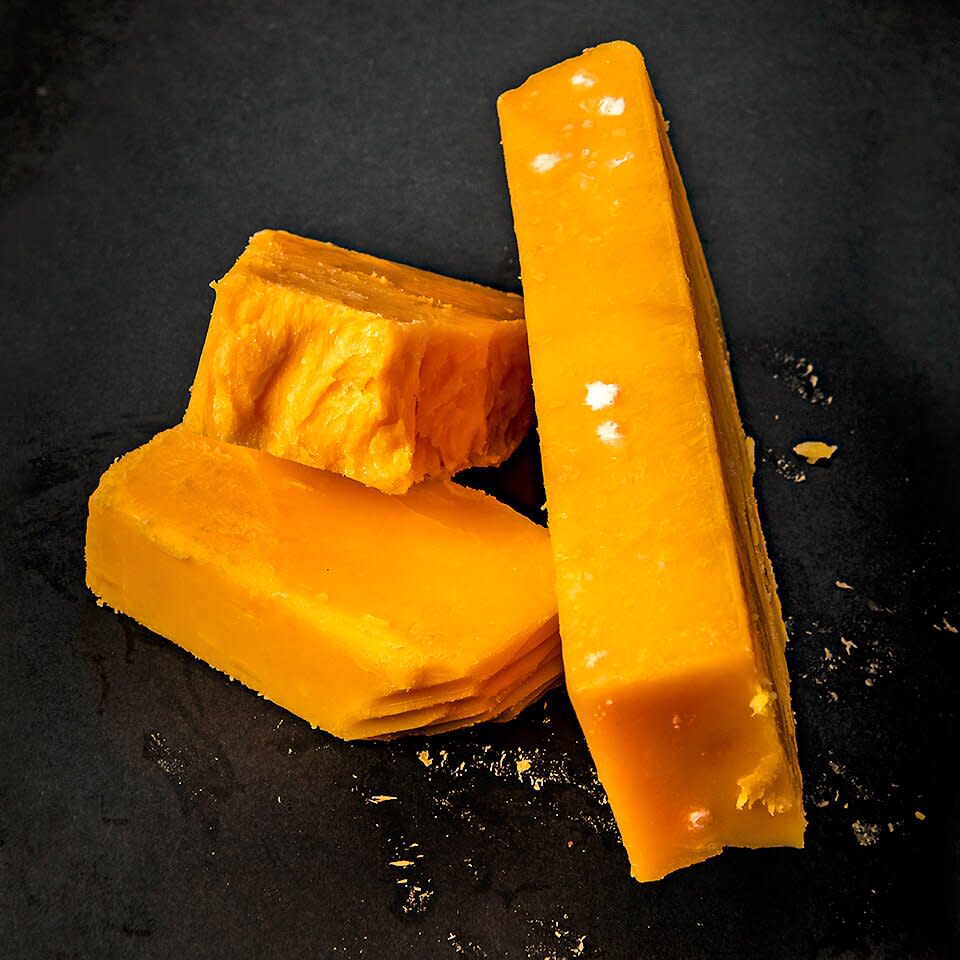
Each year, Americans throw away about 37.6 million tons of food-that's more than 75 billion pounds-according to the United States Environmental Protection Agency (EPA). More than 90 percent of that ends up in landfills and combustion facilities. Unfortunately, we know that much of the food thrown away is not even bad or ruined. In fact, an estimated 20 percent of food waste is due to misinterpretation of expiration dates and other date labels. Other food gets tossed simply because a cook doesn't know what to do with it. Apple peels, carrot greens, broccoli stems-they're often automatically discarded, but they're healthy, perfectly edible food you can and should learn to use in your everyday cooking.
Related: 10 Easy Ways to Reduce Food Waste at Home
Eat It or Toss It?
You may be surprised to learn that many foods are safe to eat even if they look spoiled. Here we break down which ones are safe-and what you really need to toss.
Moldy Cheddar: Eat it!
For hard cheeses like this, just cut off the mold and a small margin of the untainted cheese around it. Furry soft cheeses, like Brie, need to be tossed.
Gray ground beef: Eat it!
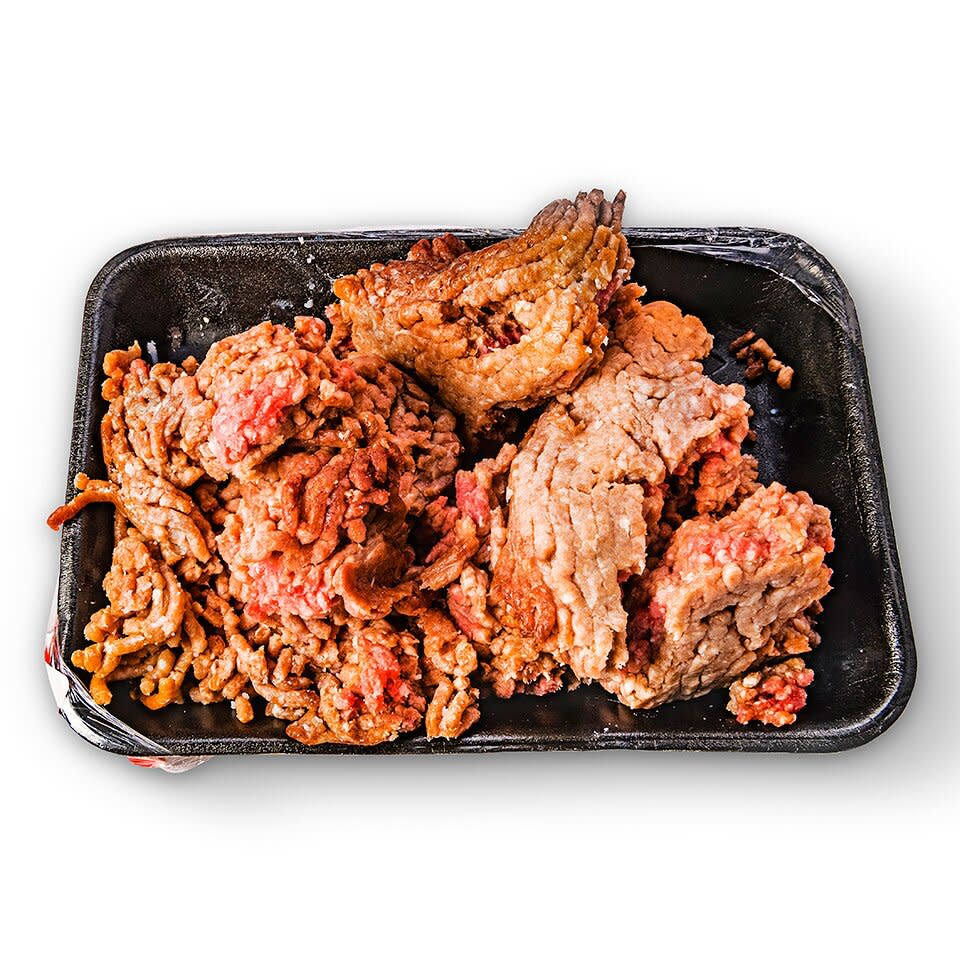
It's OK as long as it's been refrigerated properly and doesn't smell funky. Graying happens when fresh, cherry-red ground beef is exposed to light and oxygen (they alter the pigments that color it). But the color alone doesn't tell you whether or not it's bad.
Majorly freezer-burned peas: Eat them!
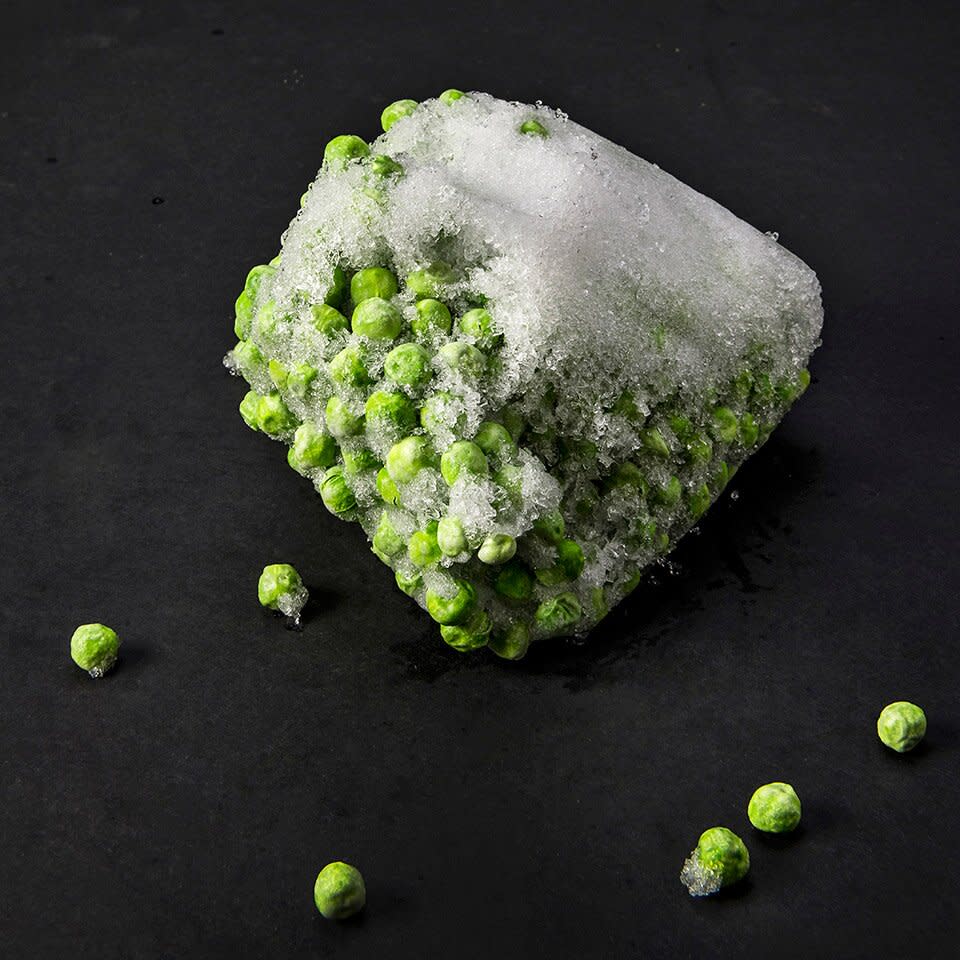
They may not look pretty, but our experts say they're perfectly safe to eat. To make the freezer-burn less detectable, toss them into casseroles, risottos or fried rice.
Sprouted potato: Eat it!
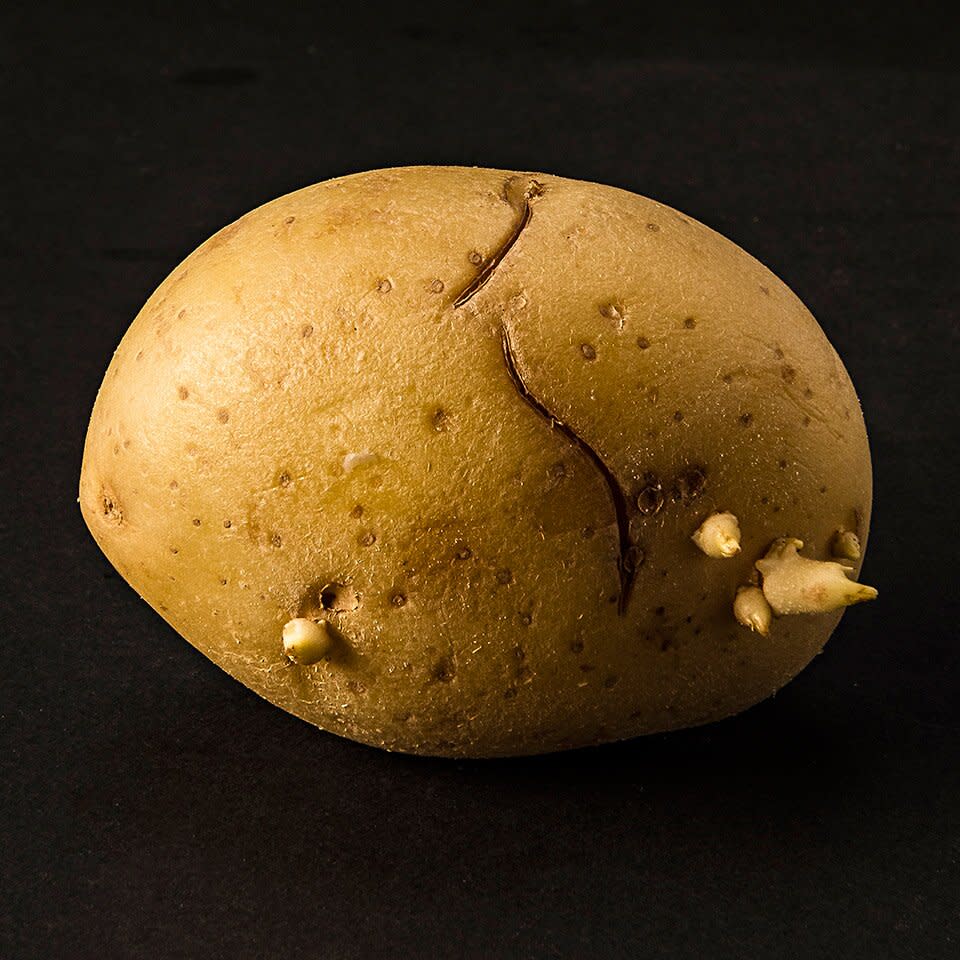
Just cut off and discard the sprouts and any green parts, which contain solanine-a toxic substance that could cause severe gastrointestinal issues. (To prevent sprouting, store your spuds in a dark, dry place.)
Onion with a brown layer inside: Toss it!
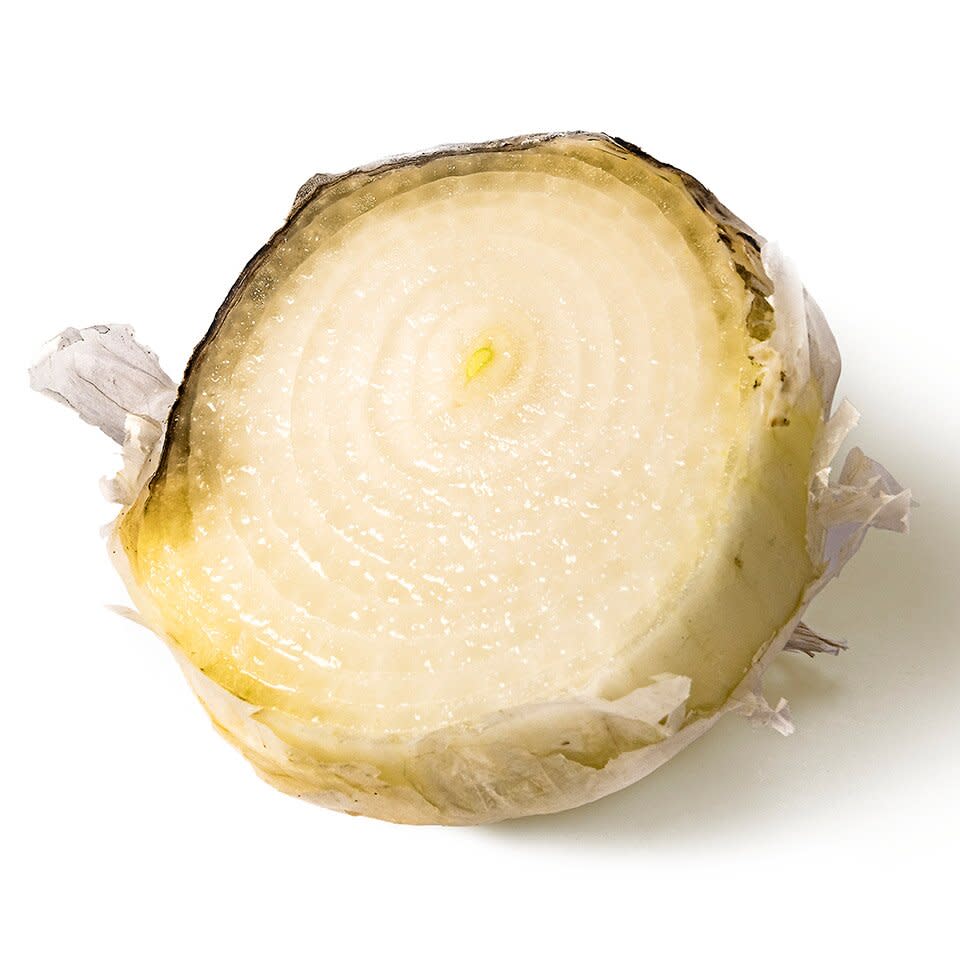
There are several bacterial pathogens, including Salmonella, that can cause decay like this. They enter through the "neck" of the onion where the green shoots come out. The pros we consulted wouldn't risk eating it fresh, But it's if well-cooked, removing the rotten layer and a few adjacent ones should be OK.
How to Use Your Food Before It Goes Bad
We waste a lot of food. The top 5 foods that end up trashed are:
Dairy products
Vegetables
Fruit
Grain products
Meat, poultry and fish
Here are some clever ways you can help reduce food waste at home while keeping your kitchen stocked with healthy snacks and meals.
Use Overripe Bananas for Nice Cream
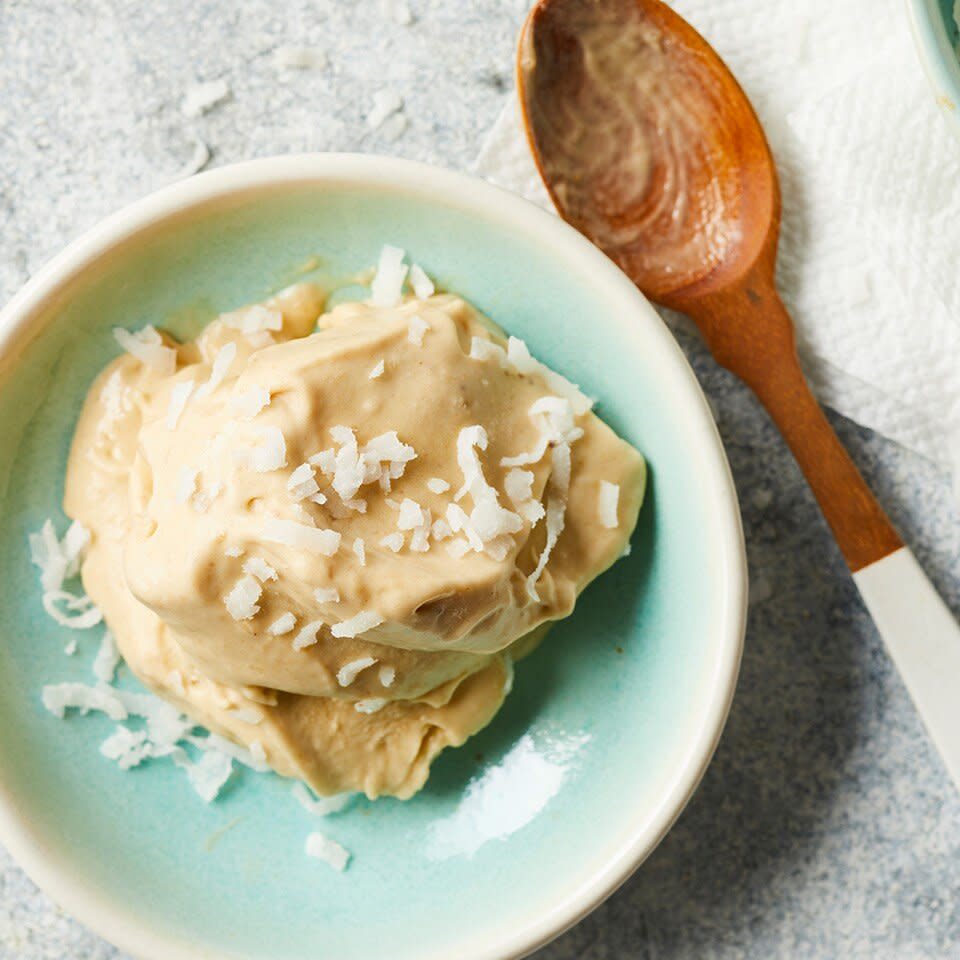
Featured Recipe: 2-Ingredient Peanut Butter Banana Ice Cream
Brown and speckled bananas may not be good with your morning cereal, but they're delicious in several recipes, including banana bread and "nice cream," a dairy-free treat made from frozen bananas. Cut browned bananas into pieces and freeze. When you're craving something sweet, drop the frozen fruit pieces into a food processor for a minute or two. They'll turn magically creamy.
For an extra flavor boost, you can add cinnamon, peanut butter, chocolate chips or honey. If you have other frozen fruits on hand-perhaps those strawberries you use in your morning smoothie-feel free to add them, too.
Related: How to Make Vegan Chocolate-Covered Banana Ice Cream Bars
Make Chips from Vegetables and Fruits
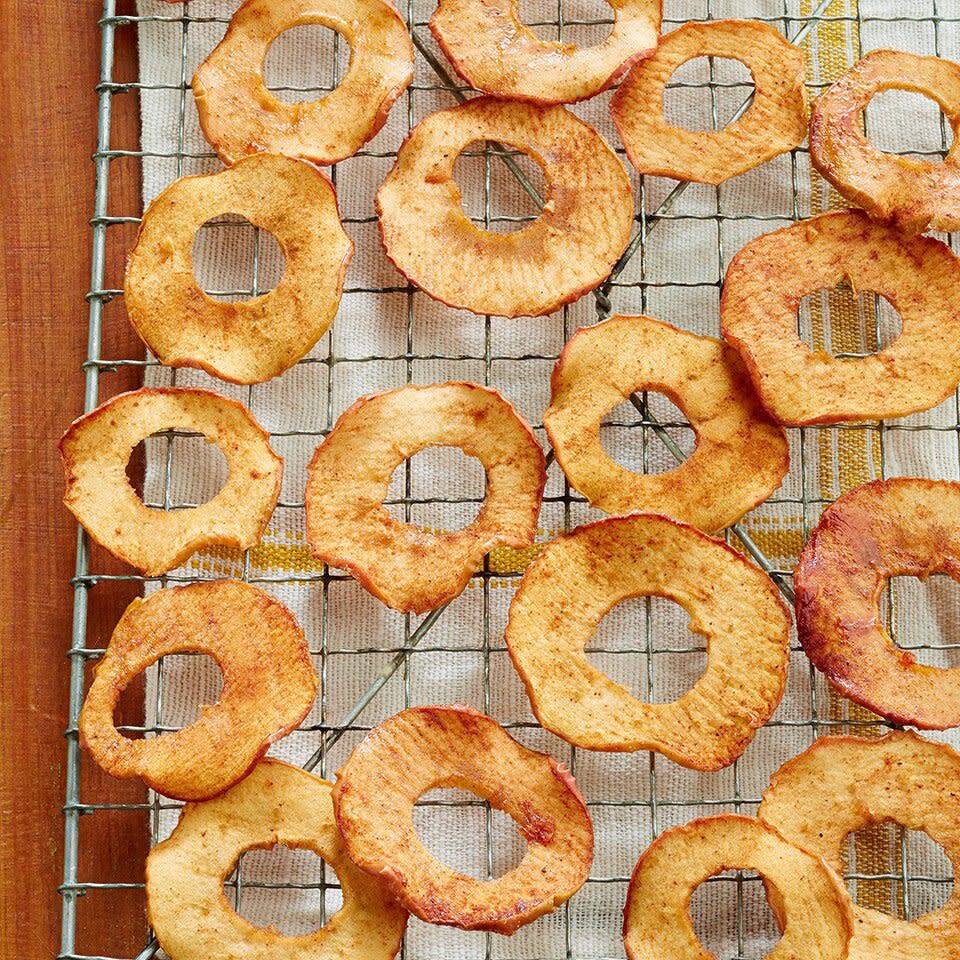
Featured Recipe: Crisp Apple Chips
If vegetables or fruits are on their last leg, turn them into chips! Slice them up (peel and all) and turn them into a tasty snack. Toss thin fruit or veggie slices with a bit of oil, sprinkle on spices or herbs if desired, spread in a single layer on a baking sheet and roast at 400°F until browned and crispy, 12 to 15 minutes. Use a neutral oil like grapeseed for more delicately flavored or sweet produce (like apples); a more robust oil like extra-virgin olive oil is OK with potatoes and other sturdy veggies. Try this with just peelings too (think apple, potato); just watch them carefully when roasting as the thin peels will brown very quickly.
Because these chips cook so quickly, you can make them while you eat dinner. They'll cool off while you clean up, and you'll have a late-night snack or a quick bite to take with you to the office.
Related: How to Make Dried Apples and Apple Chips in the Oven
Use Broccoli and Cauliflower Stems for Slaw
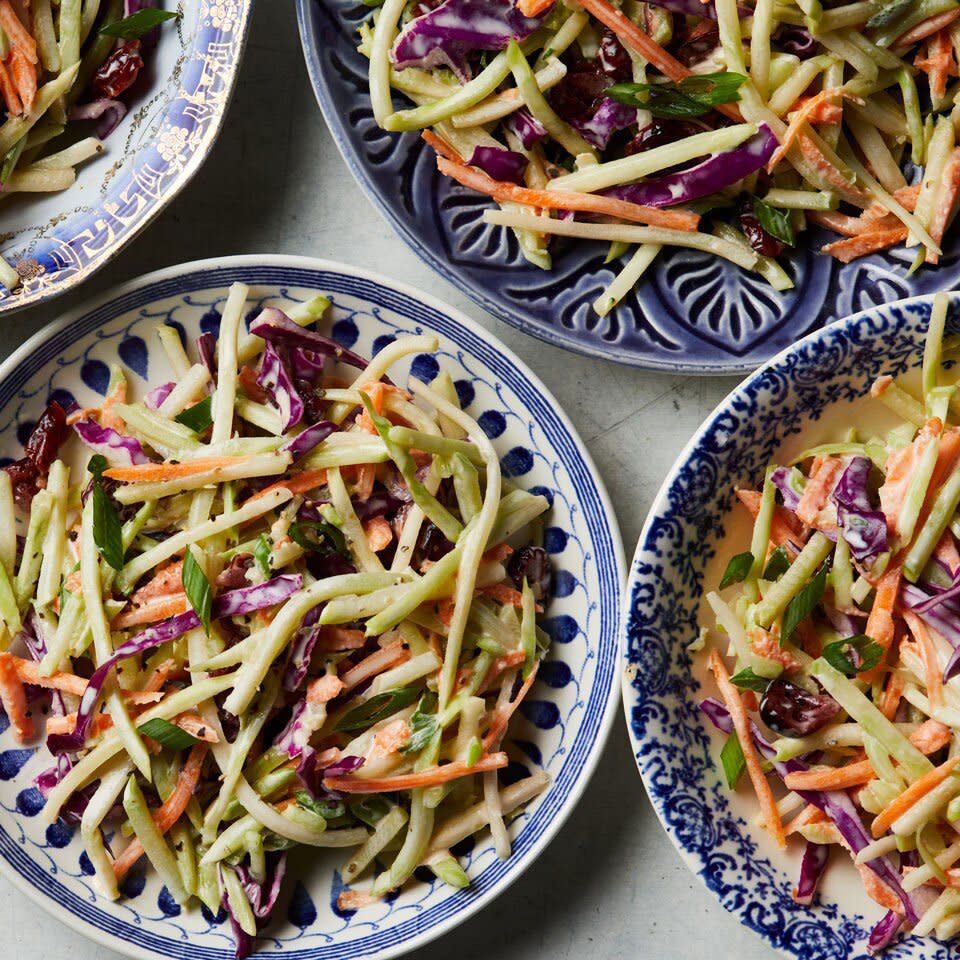
Featured Recipe: Quick Broccoli Slaw
The bulky stems of broccoli and cauliflower may not usually make it into your recipes, but they're chock-full of vitamins and minerals, so don't discard them. Instead, shred them in a food processor or spiralizer. Then toss with a homemade vinaigrette dressing and a bit of salty cheese like feta or Cotija for an incredibly easy side or salad base.
You can also include these meatier vegetable pieces-thick carrot cuts, broccoli and cauliflower stems or tough beets-in a slow-cooking dish like stew or soup. The dense pieces may require the longer cook time to turn tender.
Related: Which Broccoli Is Better: Raw or Cooked?
Cook with Sprouting Garlic-or Plant It!
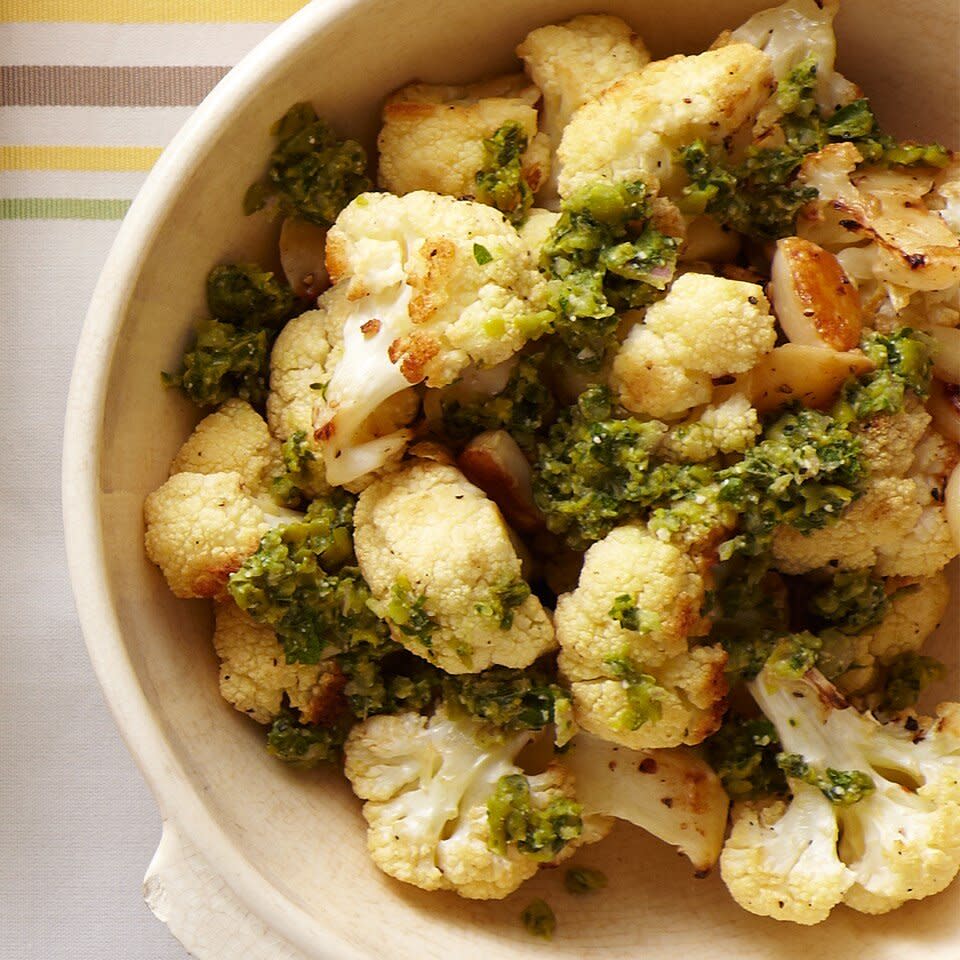
Featured Recipe: Garlic Roasted Cauliflower
It might look a bit like an alien plant now, but that sprouting garlic is still perfectly safe to use. You can chop off the sprouts or cook them in your dish alongside the cloves. Even if the cloves have turned a bit spongy in storage, they have plenty of potent punch to deliver to any dish in which you use them.
If you've purchased new garlic but don't want to toss the old, you can plant it (sprout-side up) in your garden, container or yard. In about three months, you'll have all-new garlic bulbs you can use for many recipes to come.
Read More: Health Benefits of Garlic
Blitz Stale Bread to Make Breadcrumbs
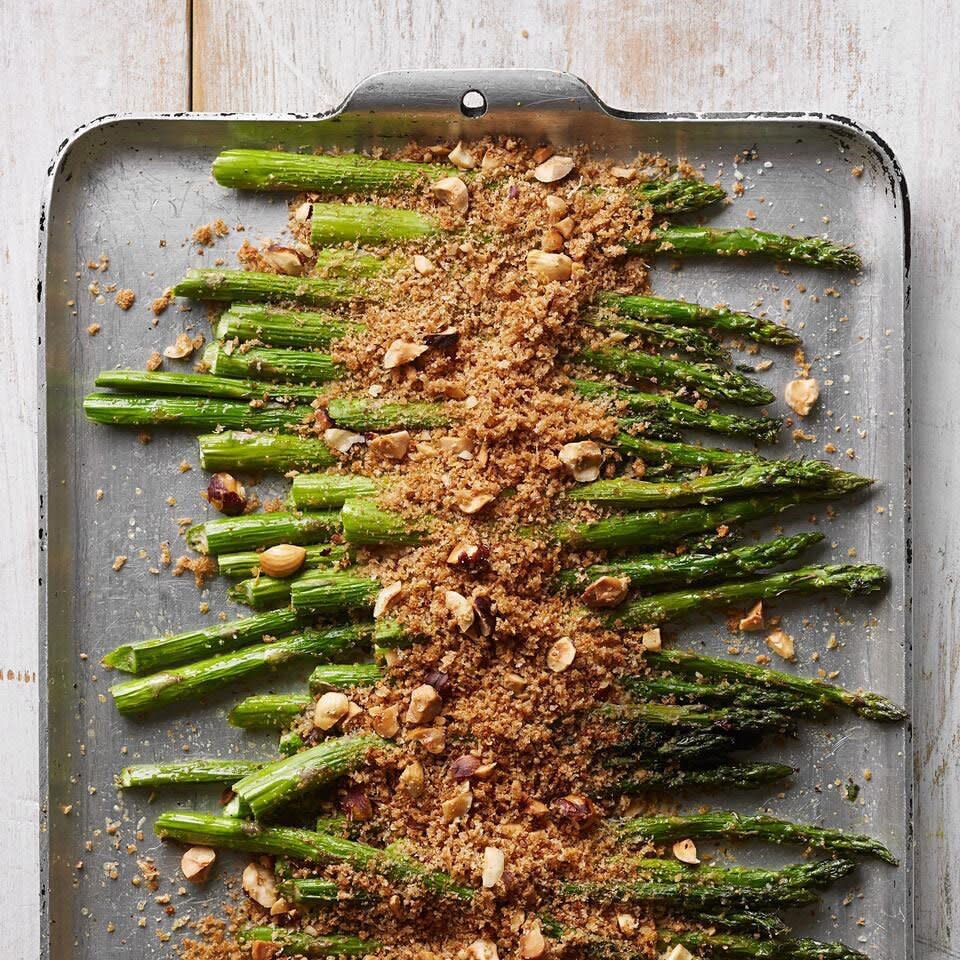
Featured Recipe: Roasted Asparagus with Parmesan Breadcrumbs
Did you accidentally let your baguette turn into a rock-hard stick overnight? Don't succumb to the temptation to just toss it. Instead, cut the stale bread into small cubes, and give them a whirl in the food processor. The hardened bread and crust will break down into fine crumbs.
You can season them in advance for a fast and flavorful chicken cutlet coating, or put them into an air-tight container and store in the freezer for up to four months. Use them to thicken mixtures for meatballs or meatloaf, or make a quick and crunchy topping for stuffed vegetables.
Watch: Stale Bread Recipes & Tips
Use Carrot Greens to Make Tangy Sauces
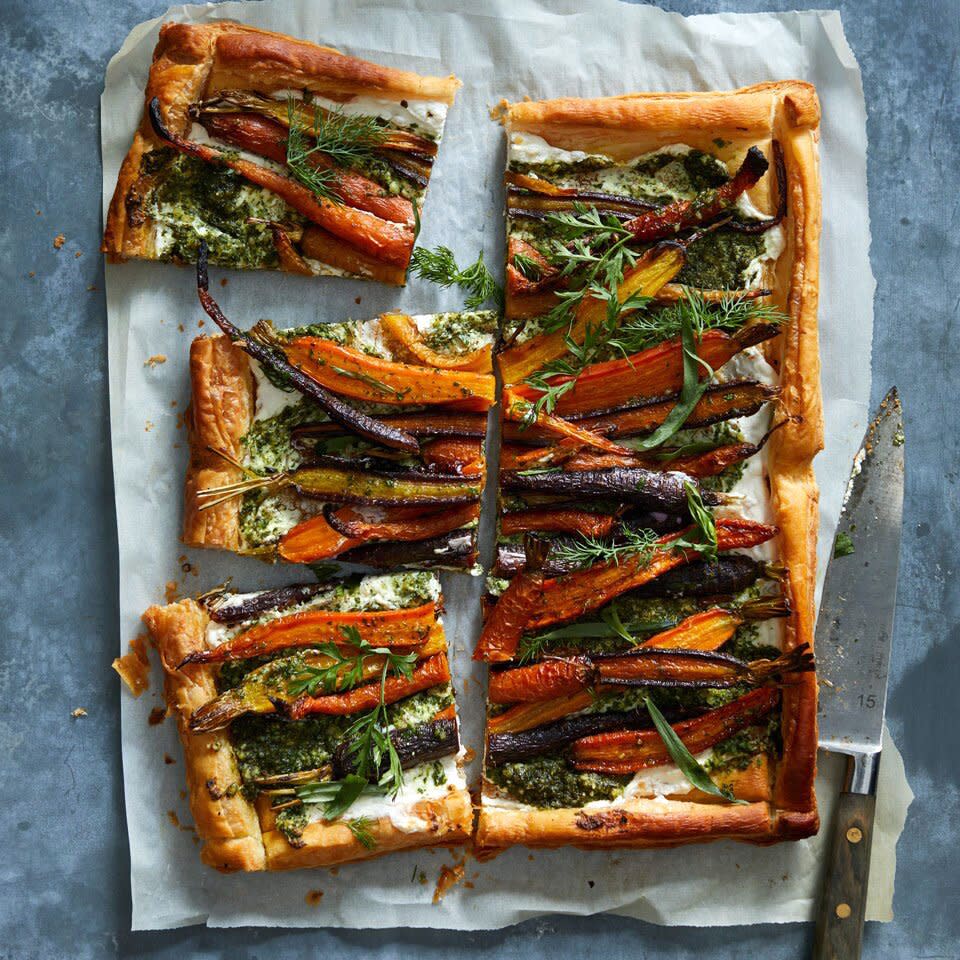
Featured Recipe: Roasted Carrot Tart with Carrot-Green Pesto
The useful part of the carrot doesn't stop at the top of the orange root. Carrot greens can be saved from your compost pile and turned into a seriously tangy sauce, or chopped and sprinkled onto casseroles, pizzas and salads.
Use carrot greens in place of basil or cilantro in your typical pesto sauce. Whir them in a food processor with a salty, hard cheese like Parmesan, plus nuts, oil, salt, pepper and any other fresh herbs you want. Use the pesto on steamed vegetables, with grilled fish or tossed with fresh pasta. You can use beet greens this way too.
You can also skip all the prep steps and just chop up the greens and sprinkle them onto a salad for a tangy kick that you can't get from your typical salad toppings.
Read More: How to Get the Most Out of Your CSA
Slow-Cook Leek Greens for a Silky Side
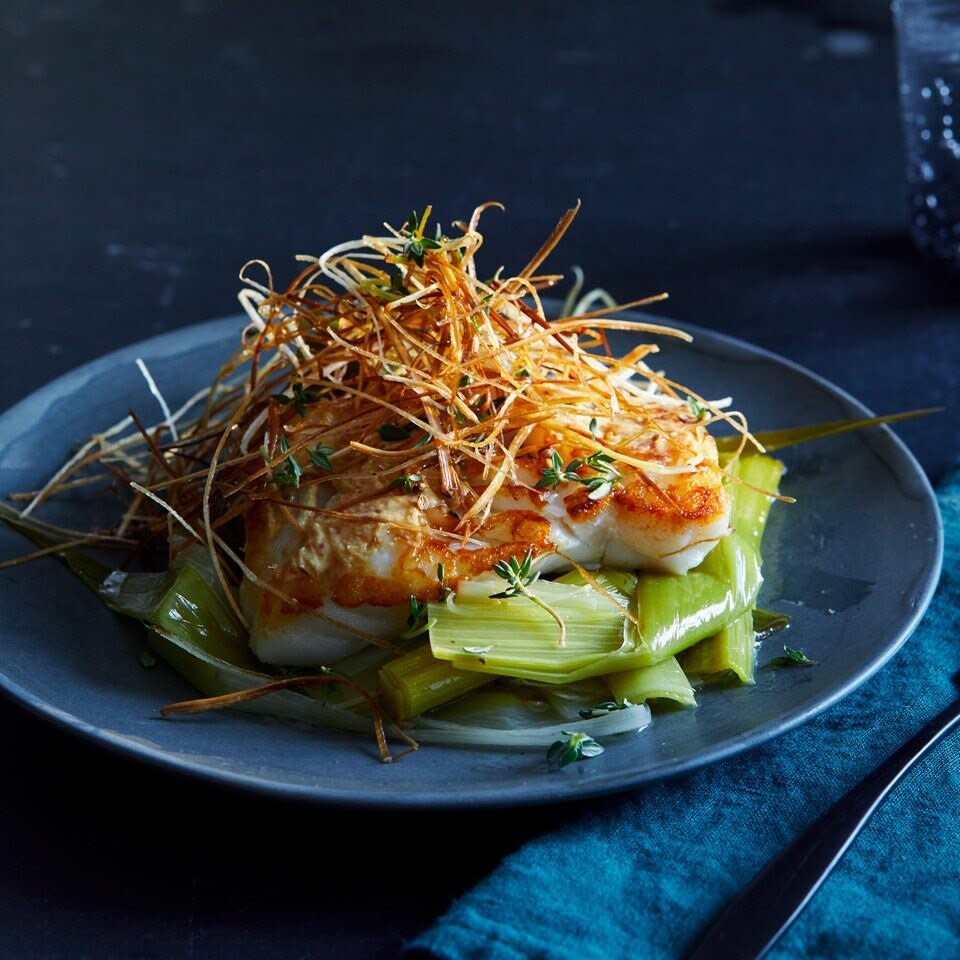
Featured Image: Coriander-Crusted Baked Cod with Leeks
Many recipes have you discard the dark-green tops of your leeks before you cook with them, but the tops are edible and delicious if you cook them properly. Sauté or roast them over medium heat to break them down and eliminate any stringiness. They'll turn meltingly tender and silky.
Use them as a side for grilled fish, chicken or pork. Stir them into an egg mixture with bacon and herbs for an elegant frittata or quiche. You can even save the tops for your next batch of homemade stock. They provide a rich earthy flavor with a hint of garlic bite.
Don't Miss:
How to Make Pineapple Nice Cream
How to Grow Fruits & Vegetabels from Food Scraps

